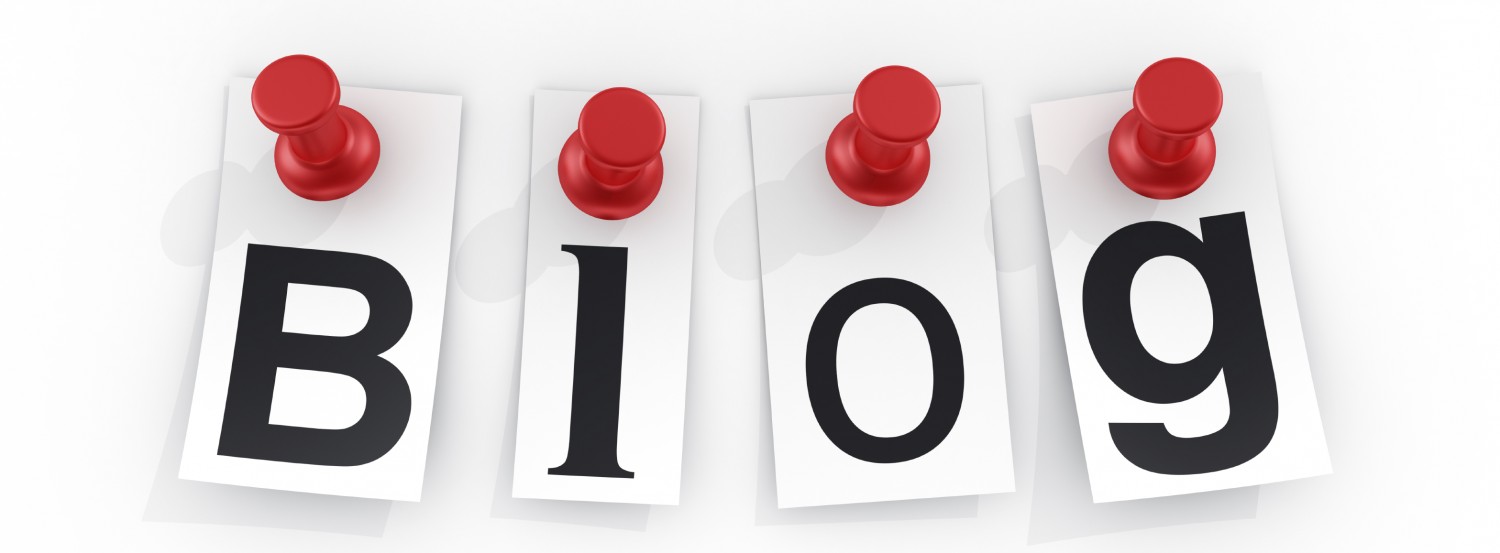When businesses are able to align their economic interests with societal improvement through the concept of “shared value”, they are able to flourish. A great example of a company that has embraced said strategy is Kirin Company Limited, a Japanese integrated beverage and food company. Apart from introducing the first zero alcohol beer that tastes like actual beer, which will contribute to a decrease in drunk driving, drinking during pregnancy, and other alcohol-related problems, it has also introduced a specific division with the sole purpose of pursuing shared value opportunities. Creating a lasting reinforcing loop between commercial and social value is not easy, so I’m glad to see Kirin taking a gradual, but meaningful, approach to it.
How I think of shared value is that it is more than what companies do with their profits; it is how companies earn their profits. Although Kirin is still in the early stages of adopting a long-term shared value strategy, I think it is definitely headed in the right direction. Not only has it addressed societal concerns, but this strategy has also allowed Kirin to enter new markets, such as the non-alcoholic beverage market, making it a profitable strategy. I think the next great opportunity would be to redefine productivity in the value chain, as there are many opportunities for this, whether it is through the increased efficiency of transportation or packaging of goods, which will reduce costs for Kirin and address environmental concerns. I’m glad to see Asian companies start embracing this strategy of shared value, and I’m excited to see where Kirin goes with it.







